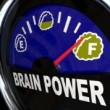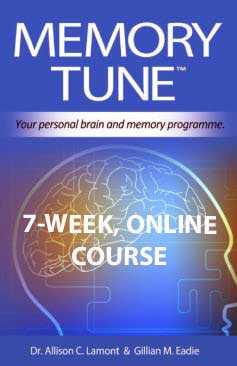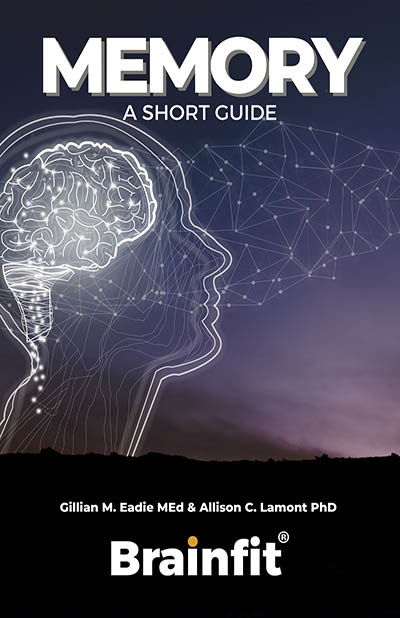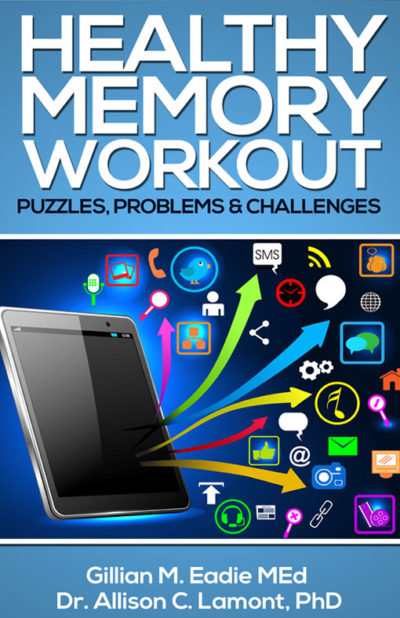 From birth through to death your brain will file away enormous amounts of information: facts, faces, sounds, names, and events along with the emotions that are tied to them. Your ability to create new memories, store them, and recall them when they are needed allows you to learn and interact with others.
From birth through to death your brain will file away enormous amounts of information: facts, faces, sounds, names, and events along with the emotions that are tied to them. Your ability to create new memories, store them, and recall them when they are needed allows you to learn and interact with others.
Memory is not one large database in the brain, which records all your experiences, observations, incoming information, and miscellaneous facts and figures. You are being bombarded with information every moment of the day – through eyes, ears, nose, taste and by touch. If you remembered it all, there would be overload and chaos.
Not everything needs to be remembered and the brain has efficient ways of making sure you remember what is important to you. Learning new information, storing it away, and then being able to retrieve it is a complex process.
So, how does the brain sort out what you will remember?
This happens through a clever chain of different memory processes.
Sensory memory
This is the earliest stage of memory when sensory information from the environment is stored very briefly, usually for no longer than half a second for visual information and about 4 seconds for information you hear. Images and sensations from around you includes everything you have seen, heard, touched, tasted or smelt. Masses of information! So you can’t remember it all. Only the sensory information important to you passes into the next stage, your short-term memory.
Short-term memory
This is the information you are currently aware of or thinking about which will be stored in the short-term memory for about 30 seconds. Many of your short-term memories are quickly forgotten, but concentrating or focusing on the information important to you allows it to continue to the next stage, long-term memory. You might help commit things to memory by rehearsal e.g. repeating a telephone number until you either dial it or write it down; by adding more clues – color, shape, additional details, for example. Once stored away in the long-term memory, info can stay intact for a very long time.
Working Memory
A special type of short-term memory, working memory, comes into action when you do things like mental arithmetic, deciding in the supermarket whether the small or large sized article is the best buy, or evaluating different strategies for closing a business deal.
Long-term memory
Without you being even aware of it, you have a huge, continuous storage of information. Most of it is largely unconscious, but can be called to mind when required. Some of the information is fairly easy to recall, while others are much more difficult to access. Remembering your own name, how to speak, where you went to school, where you were last year (or even five minutes ago), all depend on long-term memory.
Long-term memory is divided into two types: declarative and procedural. Declarative memory is subdivided into episodic memory, which refers to remembering particular events such as going to the doctor last week, and semantic memory which refers to our knowledge about the world – knowing the meanings of words, who is the Prime Minister etc (together known as declarative memory). Procedural memory is our ‘how to’ memory, remembering how to ride a bike, how to play the piano, how to drive a car, etc.
At every one of these stages, your memory efficiency can be improved. Memory is is supported by many aspects of your life – mental agility, nutrition, exercise, rest, paying attention, controlling stress, and understanding and using skills to enhance memory performance.
For more free help and personal advice on keeping your brain youthful and improving your memory, please visit the Memory Foundation.




